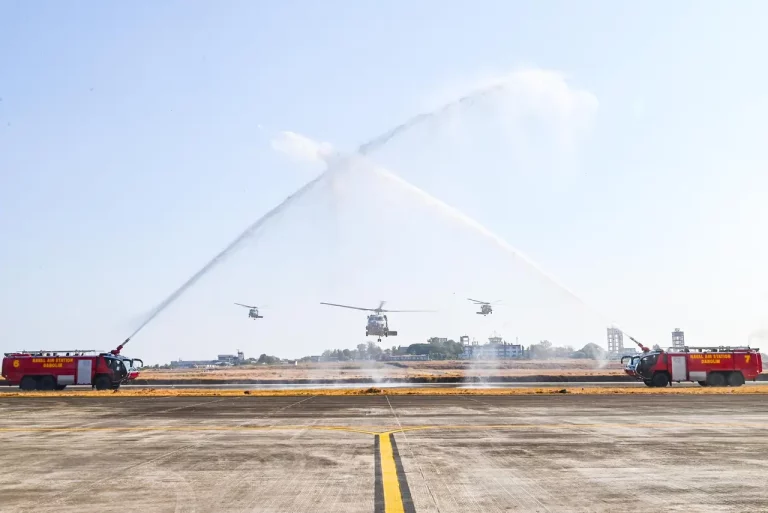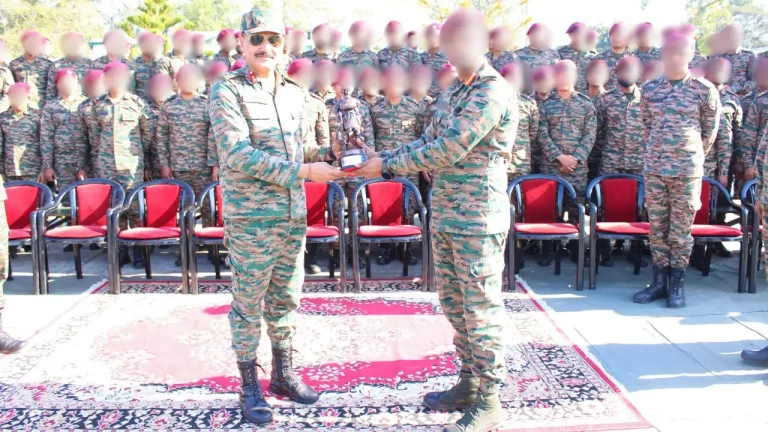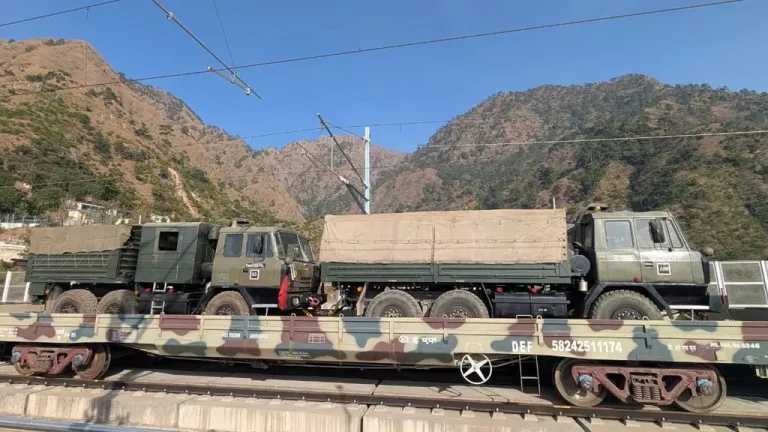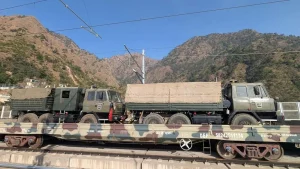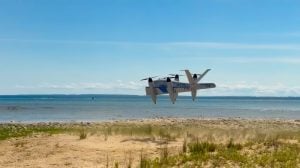In a significant advancement for naval warfare, the Indian Navy is poised to introduce the ‘Abhimanyu’ drone by 2026. This sophisticated, AI-enabled, stealth unmanned aerial system has been developed by Bengaluru-based NewSpace Research and Technologies (NRT). Designed to function as a loyal wingman alongside carrier-based aircraft such as the MiG-29K and the forthcoming Rafale-M, the Abhimanyu drone aims to enhance operational capabilities in modern combat scenarios.
The Abhimanyu drone is a central component of the Naval Collaborative Combat Air Vehicle (N-CCAV) programme, positioning India amongst a distinguished group of nations engaged in the development of carrier-compatible loyal wingman drones. This initiative reflects a strategic move toward modernizing naval capabilities and ensuring operational superiority.
Equipped with AI-driven autonomy, a stealthy design, and air-to-air combat functionality, the Abhimanyu is engineered to bolster the Navy’s strike power, reconnaissance capabilities, and survivability within contested environments. Its low radar cross-section (RCS), complemented by swept wings and a meticulously contoured fuselage, empowers the drone to evade detection from enemy radar systems effectively.
Though not a fully stealth aircraft, the Abhimanyu seeks to strike a balance between affordability and combat survivability. This is achieved through a focus on rapid production and modular upgrades, enabling swift technological advancements while maintaining cost-effectiveness.
Under the N-CCAV programme, the Indian Navy envisions a diverse fleet of Abhimanyu drones featuring multiple variants tailored for electronic warfare, surveillance, strike missions, and swarm operations. These drones not only extend the operational range and situational awareness of carrier strike groups but also mitigate the risks faced by human pilots. The integration of manned-unmanned teaming (MUM-T) operations further exemplifies the tactical evolution within naval aviation.
Funding for the Abhimanyu project is partly sourced from the Ministry of Defence’s Innovations for Defence Excellence (iDEX) initiative, supplemented by NRT’s internal resources. With plans for its first flight in 2026, the development progress is notable, and the Navy is expected to place a minimum purchase order once the system reaches operational maturity.
While the Abhimanyu is smaller than the HAL Warrior being spearheaded under the Indian Air Force’s Combat Air Teaming System (CATS), its emphasis on scalability and affordability positions it as an ideal candidate for carrier operations.
The operationalization of the Abhimanyu drone will undoubtedly act as a force multiplier for India’s naval aviation, enhancing surveillance and precision strike capabilities in the strategically vital Indo-Pacific region. It marks a crucial transition for the Navy towards networked, unmanned, and multi-domain warfare.
Despite facing certain challenges, such as the integration of autonomous carrier landings and the necessity of sustained funding, the progress of the Abhimanyu project is indicative of India’s burgeoning confidence in indigenous defence innovation. This initiative underscores the nation’s vision for achieving maritime dominance in the future.



